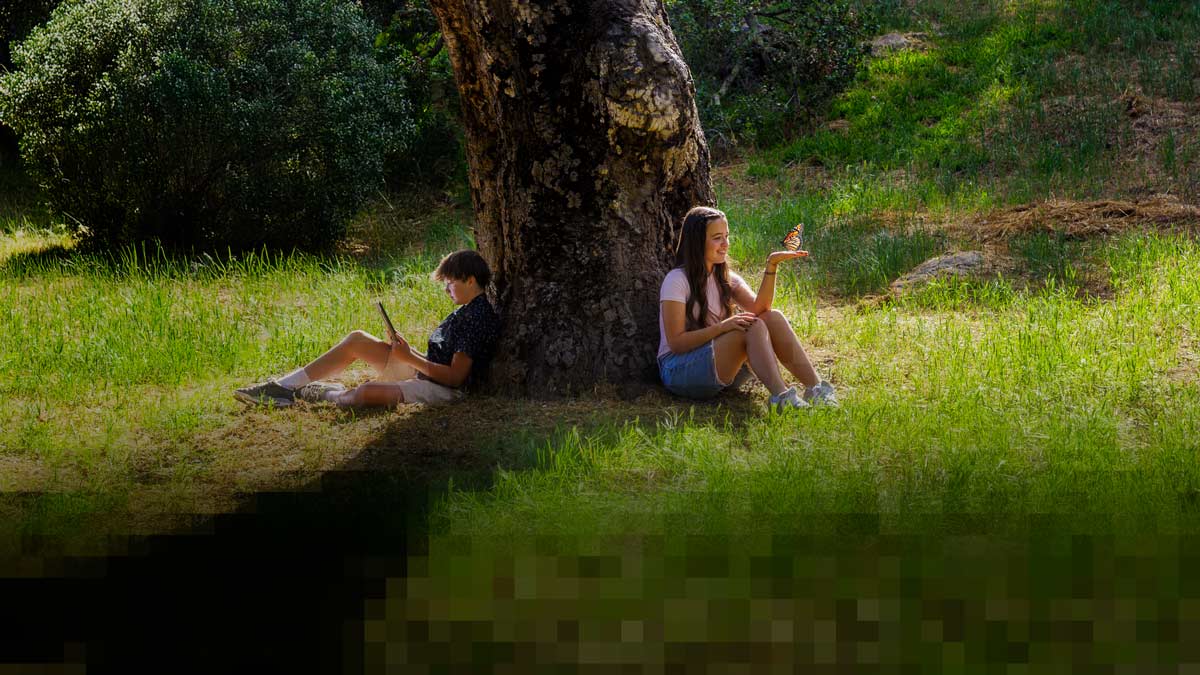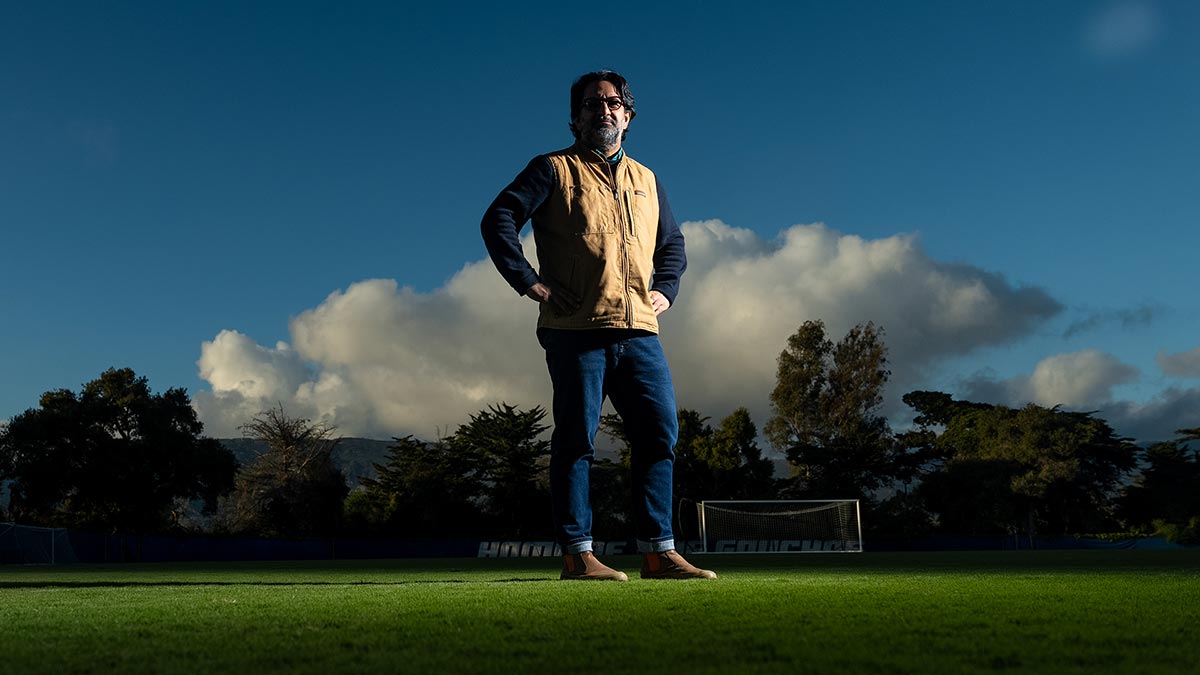
Hui-Ling Malone wants every student to bloom
A HIGH SCHOOL WALKOUT protesting the suspension of three Black students was a defining moment for Hui-Ling Malone, who developed a lifelong passion for scholarship and activism. She went on to advocate for justice and equality in her time as a secondary teacher in underserved communities, eventually becoming an expert in the topic as an assistant professor at UC Santa Barbara’s Gevirtz Graduate School of Education. In addition to collecting and analyzing data for her research and teaching, she uses her findings to foster positive change and amplify the voices of vulnerable populations. In the following conversation, Malone talks about how her own experiences as a student leader and teacher of color led her to strive toward creating a more just and equitable educational experience for all.
Your research touches on issues that schools around the country are grappling with, like educational access for students from different backgrounds. How would you describe your academic interests?
Mainly, I’m looking at K-12 education with a focus on educational equity and educational justice. I am particularly focused on students of color and students who are coming from more vulnerable backgrounds, whether that’s because of race, language, ability, income or something else. I look at different parts of education like how youth experience school socially, emotionally and academically, youth activism and youth advocacy. I also do youth participatory action research — exploring an issue that students are encountering, usually around educational disparities and disproportionality, and then working with them to research it in their context. Together, we gather the data and explore their experiences and use that to suggest policy change or do some kind of activism to help address these issues. I also have a project around future teachers of color and their shared experiences, because I was one, and I understand the challenges and complexities.
Did you always want to be a teacher? What path led you there?
I didn’t know I was going to become a teacher! I thought I was going to be some kind of lawyer. Then I was recruited into Teach for America (an organization I now know is controversial, but I didn’t know that then). I ended up in the Bronx. I remember feeling completely unprepared. Even though I was a student leader and had led groups like the Black Student Union, I was unequipped at the time. I was a social justice-oriented person, but I was still not able to fully address the challenges my students were experiencing. Largely, we are taught that the education system is one size fits all, but that just wasn’t the case in my experience. As I moved through my career, I got to be involved in more teacher social justice groups. It was affirming and eye opening and it helped me come into myself as a teacher.
How did you pivot from teacher to scholar-activist?
I linked up with a researcher named Django Paris, who does culturally sustaining education. He had heard about work I was doing in my classroom that was community oriented. I knew nothing about research or what people like him did. He gave me another perspective on the research side of what I was experiencing as a teacher and suggested I think about going into academia one day.
What does being a scholar-activist mean to you?
I am a scholar, someone who does research, using data, theory and other literature around my topics of interest. But since the topics are so close to people’s lived realities — students, teachers, their schools, their communities and family members — being a scholar-activist means using that information to help promote change that positively impacts the lives of students and their families and teachers. For example, I’m currently working on a project in Santa Barbara County with Black high school students who felt they weren’t being heard by school leadership. Because I have a title and an advanced degree, I can come in as a resource and collect and present data in a way that validates their experiences and also gets through to school leadership. I sent a synopsis of the project and its findings to the superintendent and the school board members, and then we all sat down together to talk about how we wanted to move forward. I find myself trying to use my power and privilege to push for change and do something good.
What is one thing that you wish more people understood about the challenges facing teachers today? Is there something that you think is not being talked about enough?
There are so many issues that teachers encounter that they aren’t prepared for, or can’t prepare for. When you’re a teacher and you really care, you want to be a good teacher in helping your students learn, but you can also become like their therapist and so many other things because they come to you if they feel safe with you. And, though that is a great privilege, it can really be emotionally and mentally draining. Teaching can be isolating because you have so much going on, and it’s hard to find collectives to support you. As a teacher of color particularly, it can be even more isolating, because 80% of teachers are white. Even though the percentage of students of color are increasing, among leadership and teacher education programs and teachers themselves, there’s still one demographic that is the norm. With that said, I encourage all teachers to think about what justice and equity mean in broader ways to really serve your students. That often involves doing some identity work. We all have areas we can’t see because of what our experiences are. The first steps are to unlearn and relearn, so that you can better serve all of your students.


